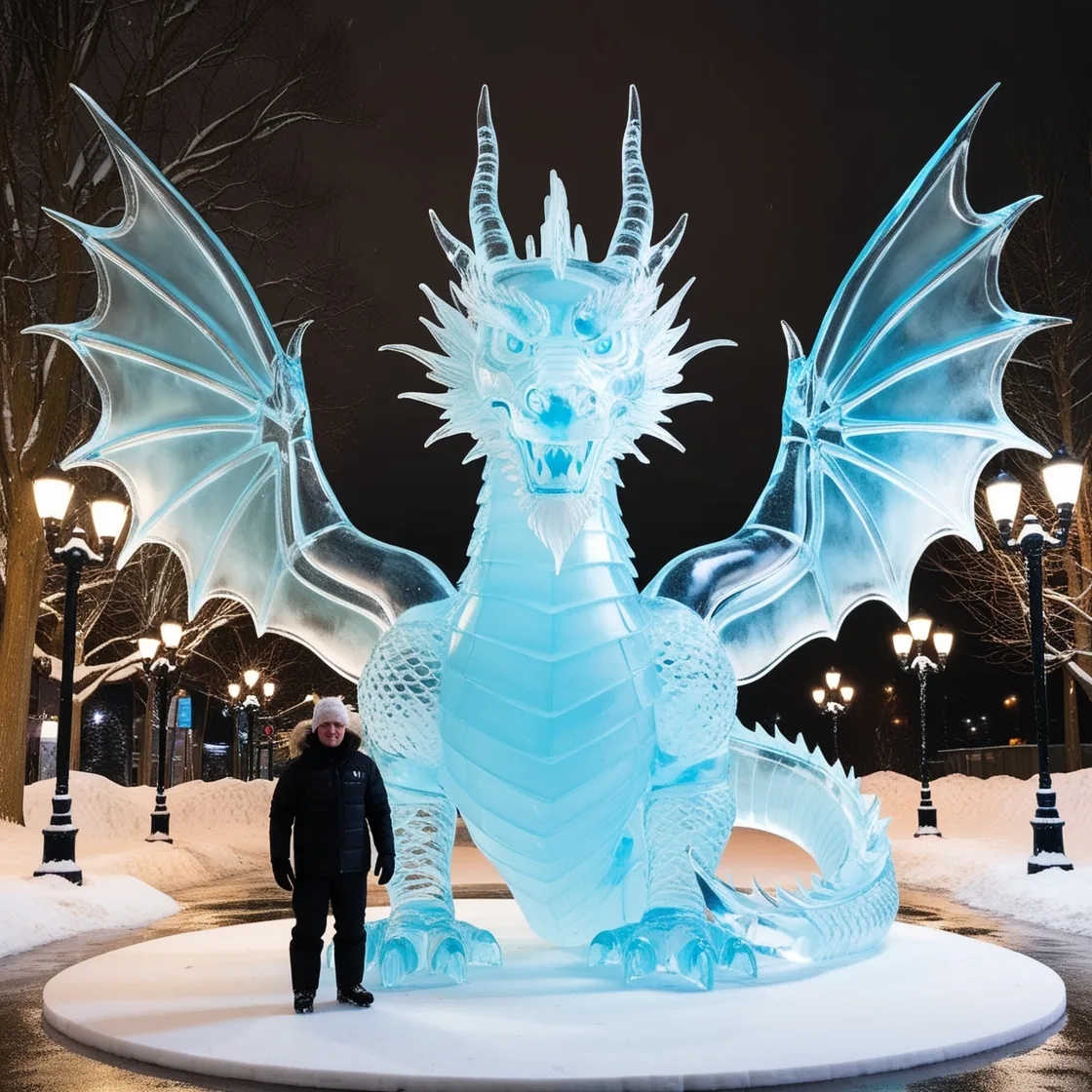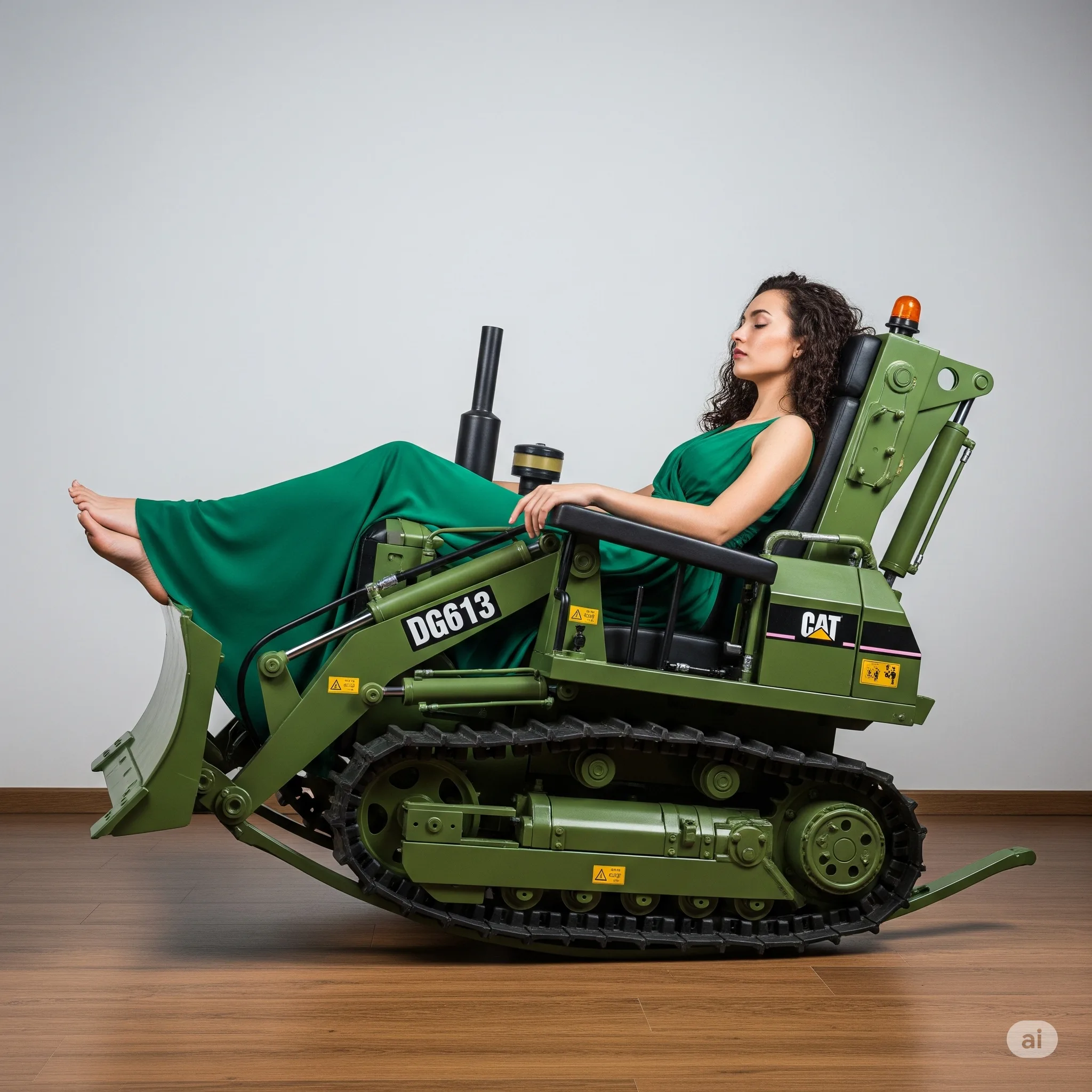The Enchantment of Ice Dragon Sculptures
In the world of art, few mediums are as captivating and ephemeral as ice. When master sculptors merge their skill with the mystique of mythical creatures, the result is nothing short of breathtaking. Among the most iconic creations in this art form are ice dragon sculptures. These frozen masterpieces blend the awe-inspiring beauty of ice with the mythical allure of dragons, creating a spectacle that is as majestic as it is fleeting.
Ice dragon sculptures stand as a testament to human creativity and ingenuity. They capture the imagination, drawing viewers into a world where ancient myths and the frozen elements collide. This article delves into the fascinating realm of ice dragon sculptures, exploring their history, the artistic process behind their creation, their symbolic significance, and their role in cultural and artistic events around the world.
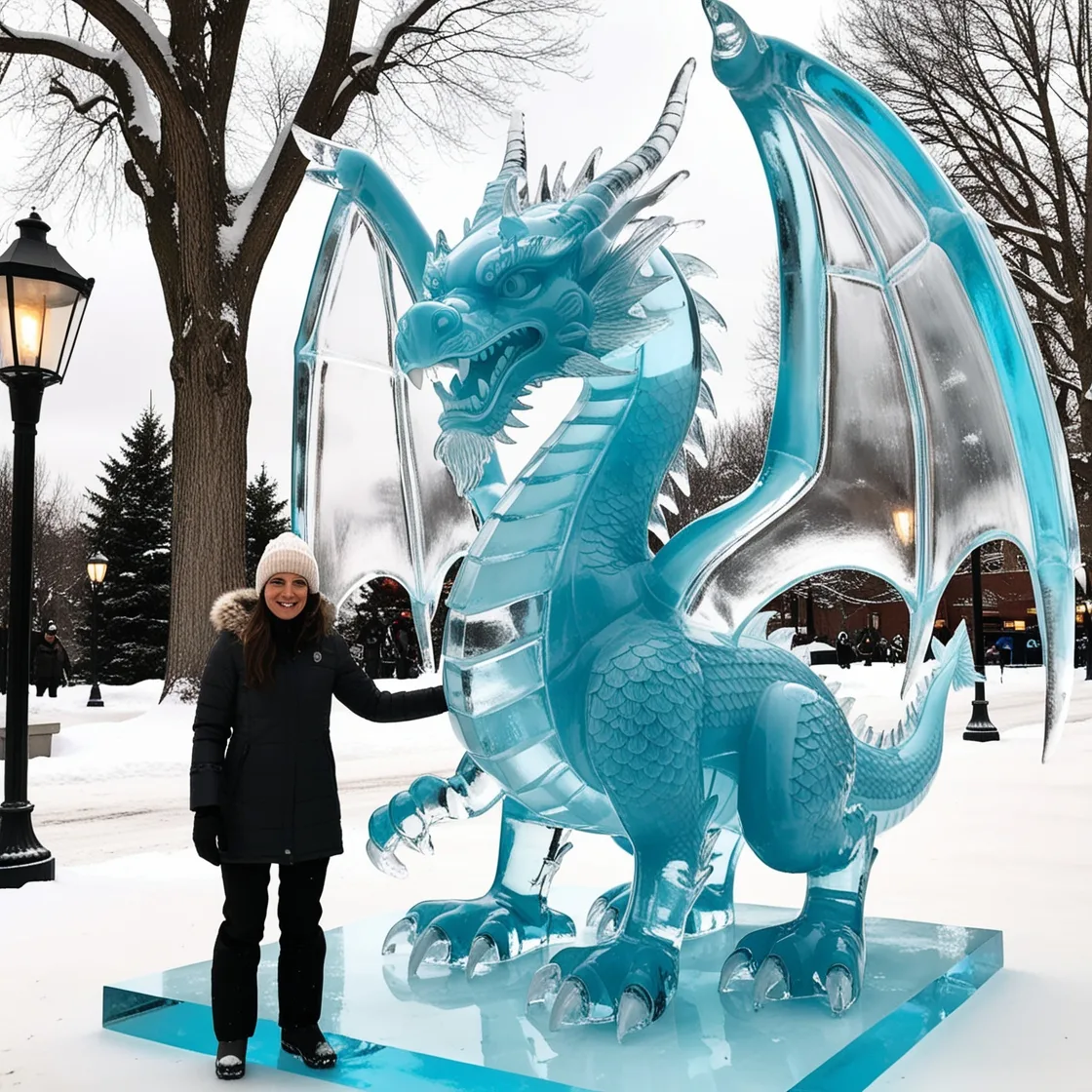
The Intrigue and Craftsmanship of Ice Dragon Sculptures
1. The Mythical Allure of Dragons
Dragons have been a part of human mythology and storytelling for centuries. Across cultures, they symbolize power, wisdom, strength, and mystery. While Western dragons are often depicted as fierce, fire-breathing creatures, their Eastern counterparts are revered as benevolent, celestial beings associated with water and prosperity.
The concept of an “ice dragon” adds another layer of intrigue to this mythological creature. Often depicted as guardians of the frozen realms, ice dragons are said to exhale icy winds instead of fire. Their shimmering, crystalline appearance lends itself perfectly to the medium of ice, making them a favorite subject for sculptors aiming to bring mythical creatures to life.
2. The Art of Ice Sculpting: A Brief Overview
Ice sculpting is a unique art form that demands precision, creativity, and technical skill. Sculptors work with large blocks of crystal-clear ice, often carved from natural sources like frozen lakes or created in controlled environments to ensure purity and clarity.
Creating an ice dragon sculpture involves several steps:
- Concept and Design: Sculptors often begin with sketches or digital models to visualize the dragon’s pose, size, and intricate details like scales, wings, and facial expressions.
- Preparation of Ice Blocks: The ice is carefully selected and prepared. High-quality, clear ice is essential for achieving the transparency and light-reflective qualities that make ice sculptures so mesmerizing.
- Carving and Shaping: Using tools such as chainsaws, chisels, and rotary grinders, artists shape the ice into the dragon’s form. Fine details like scales, claws, and facial features are meticulously carved with smaller, more precise tools.
- Assembly and Finishing: Larger sculptures may consist of multiple ice blocks fused together using heat or water. The final touches involve smoothing surfaces, adding textures, and sometimes incorporating colored lights or other enhancements to accentuate the sculpture’s features.
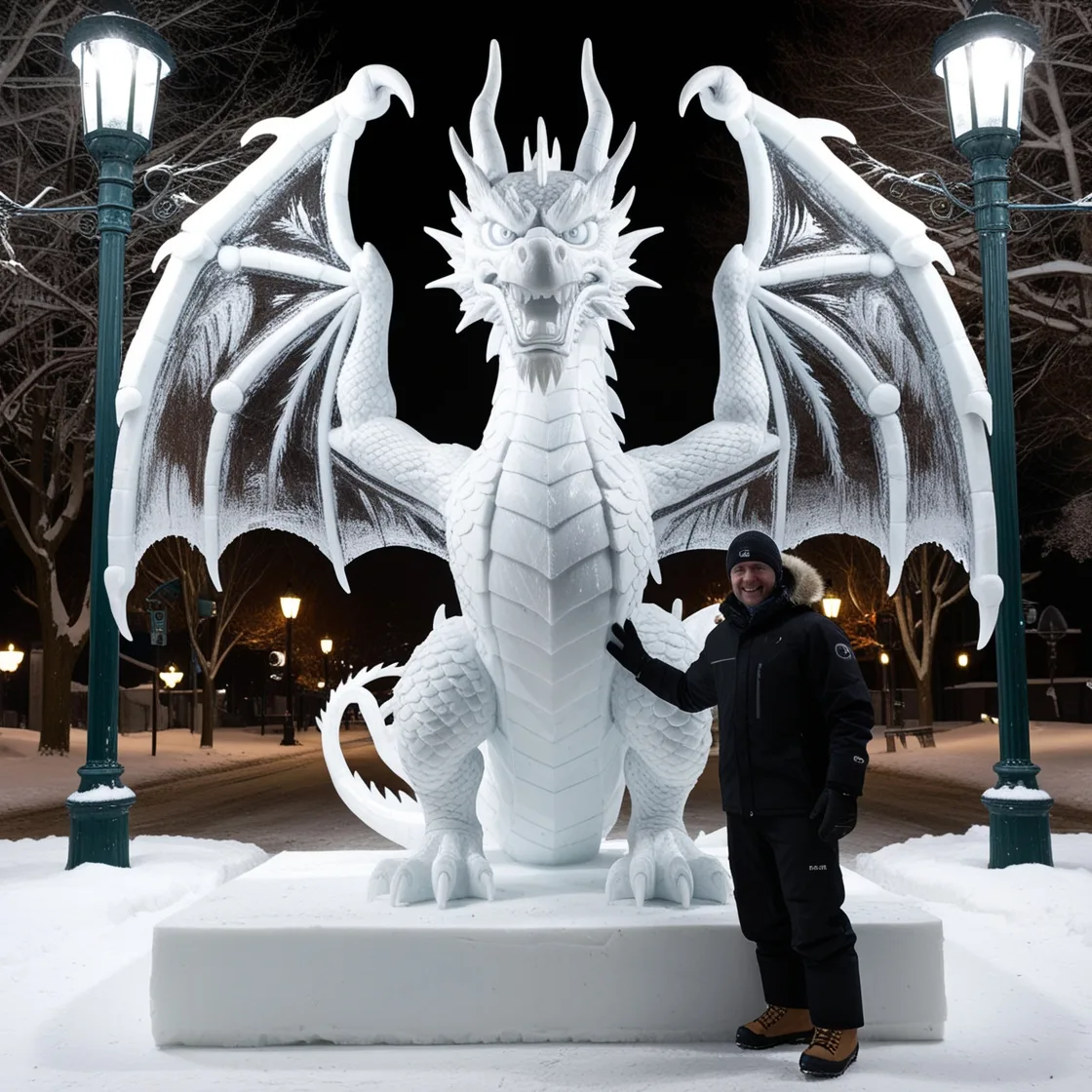
3. Symbolism of Ice Dragon Sculptures
Ice dragon sculptures are not merely beautiful works of art; they carry rich symbolic meanings. Representing both the raw power of nature and the fragility of life, these sculptures evoke a sense of awe and introspection. The ephemeral nature of ice itself—melting away as temperatures rise—serves as a poignant reminder of the impermanence of all things.
In addition, the icy aesthetic of these dragons reflects themes of resilience, purity, and mystery. Their association with frozen landscapes and wintry elements ties them to ideas of transformation and endurance, making them a powerful symbol in art and culture.
4. The Role of Ice Dragon Sculptures in Festivals and Competitions
Ice dragon sculptures often take center stage at winter festivals, ice carving competitions, and cultural celebrations around the world. These events draw talented sculptors who transform blocks of ice into stunning displays of craftsmanship and imagination. Some notable events include:
- Harbin International Ice and Snow Sculpture Festival (China): One of the largest ice festivals in the world, it showcases enormous ice sculptures, including majestic dragons that tower over visitors.
- Ice Alaska (United States): This competition attracts sculptors from across the globe, with ice dragon sculptures often featured as centerpieces.
- Sapporo Snow Festival (Japan): Renowned for its intricate and large-scale ice sculptures, this festival frequently includes mythical creatures like dragons in its displays.
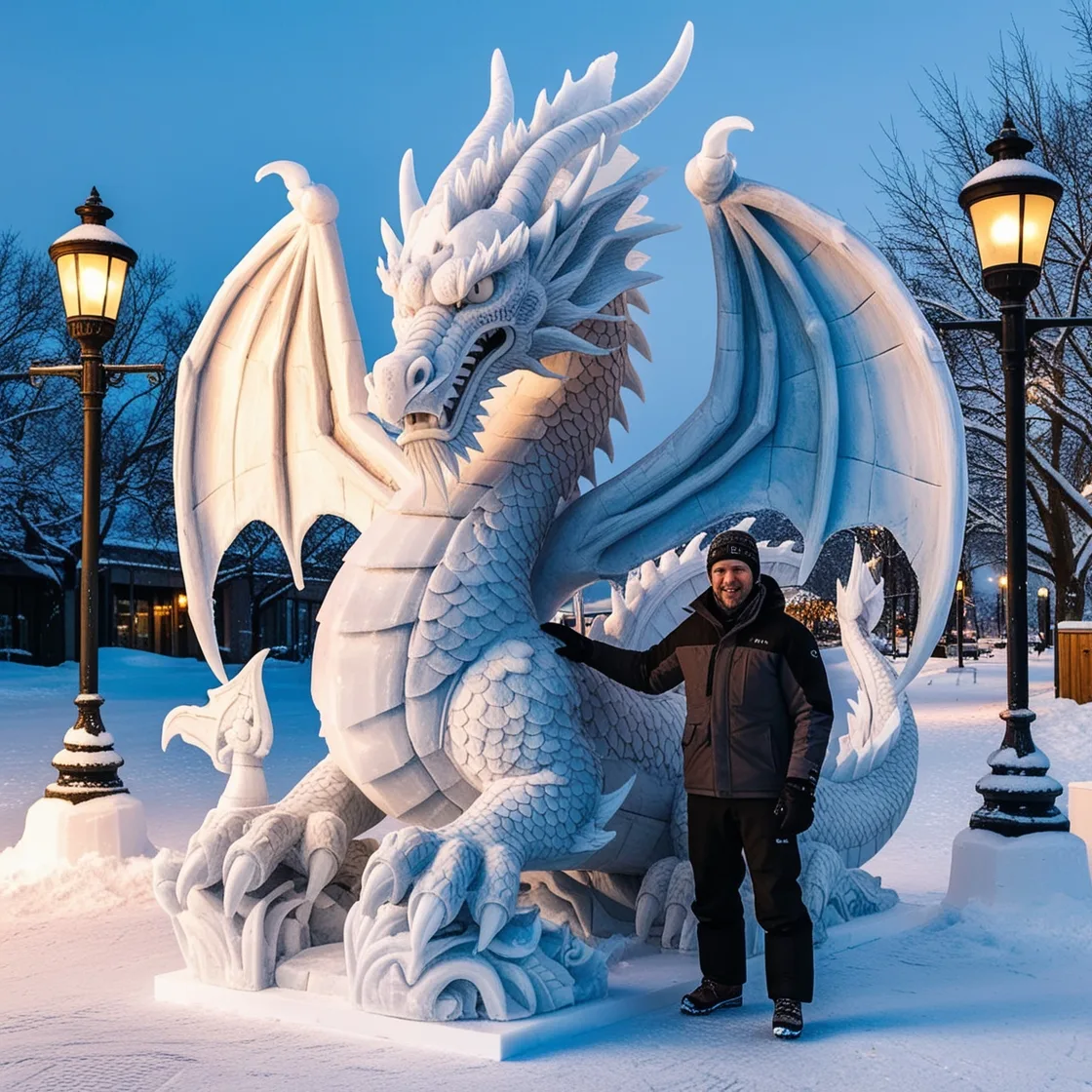
5. Lighting and Visual Effects: Enhancing the Magic
The beauty of ice dragon sculptures is often amplified through creative lighting and visual effects. LED lights in various colors are strategically placed to illuminate the sculpture from within, making the dragon’s translucent body shimmer and glow. Some sculptures incorporate fog machines or projections to simulate icy breath or mystical auras, further enhancing the magical atmosphere.
6. Preservation and Challenges
Creating ice dragon sculptures is not without its challenges. The fragile nature of ice requires careful handling and constant temperature control. Sculptors often work in freezing environments to prevent the ice from melting during the carving process. Once completed, sculptures are displayed in temperature-controlled venues or outdoor settings during winter to prolong their lifespan.
However, the inevitability of melting adds a bittersweet element to ice dragon sculptures. Their temporary existence mirrors the fleeting beauty of nature, leaving a lasting impression on those who witness them.
7. Modern Innovations in Ice Dragon Sculptures
Advancements in technology and artistry have pushed the boundaries of what’s possible with ice sculpting. Modern ice dragon sculptures may incorporate:
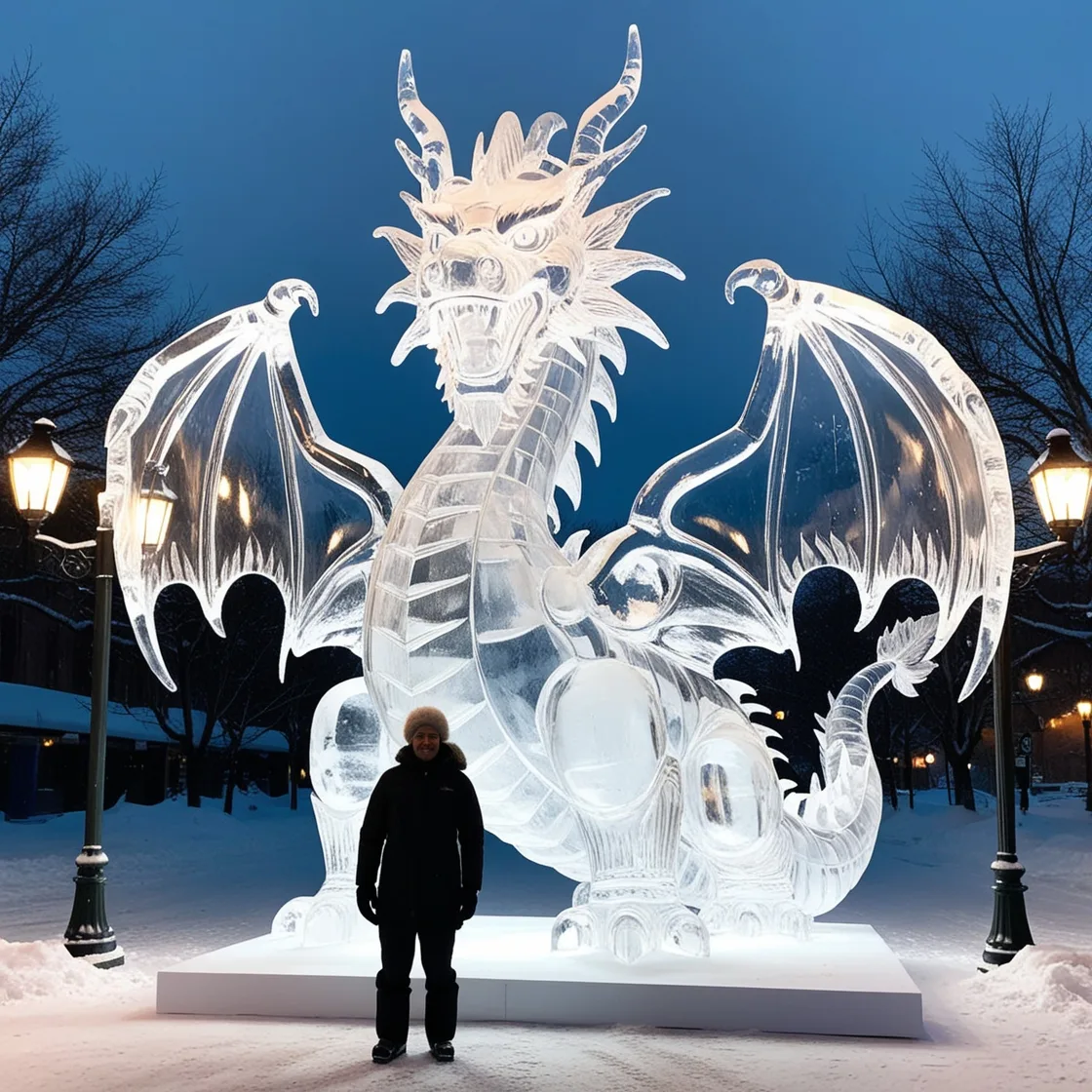
- Interactive Elements: Some sculptures allow visitors to touch or interact with parts of the design, creating a more immersive experience.
- 3D Projections: Holographic images and animations projected onto the sculpture bring the dragon to life, simulating movement or icy breath.
- Colored Ice and Inclusions: Sculptors experiment with dyed ice, embedded objects, or even bubbles to create unique textures and effects.
8. The Environmental Impact of Ice Sculpting
With the growing focus on sustainability, many ice sculptors are finding ways to minimize their environmental impact. This includes using ice harvested from sustainable sources, employing eco-friendly tools, and recycling melted water. Some events even promote awareness of climate change by highlighting the fragile beauty of ice art in a warming world.
The Enduring Allure of Ice Dragon Sculptures
Ice dragon sculptures stand at the crossroads of art, mythology, and nature. They captivate audiences with their breathtaking beauty, intricate craftsmanship, and symbolic depth. Whether showcased at festivals, competitions, or private events, these frozen masterpieces offer a unique way to celebrate the mythical and the ephemeral.
For both artists and admirers, ice dragon sculptures represent more than just a fleeting marvel; they embody the magic of storytelling, the power of imagination, and the beauty of impermanence. As long as winter descends and ice continues to inspire creativity, these magnificent sculptures will remain a cherished and awe-inspiring art form.
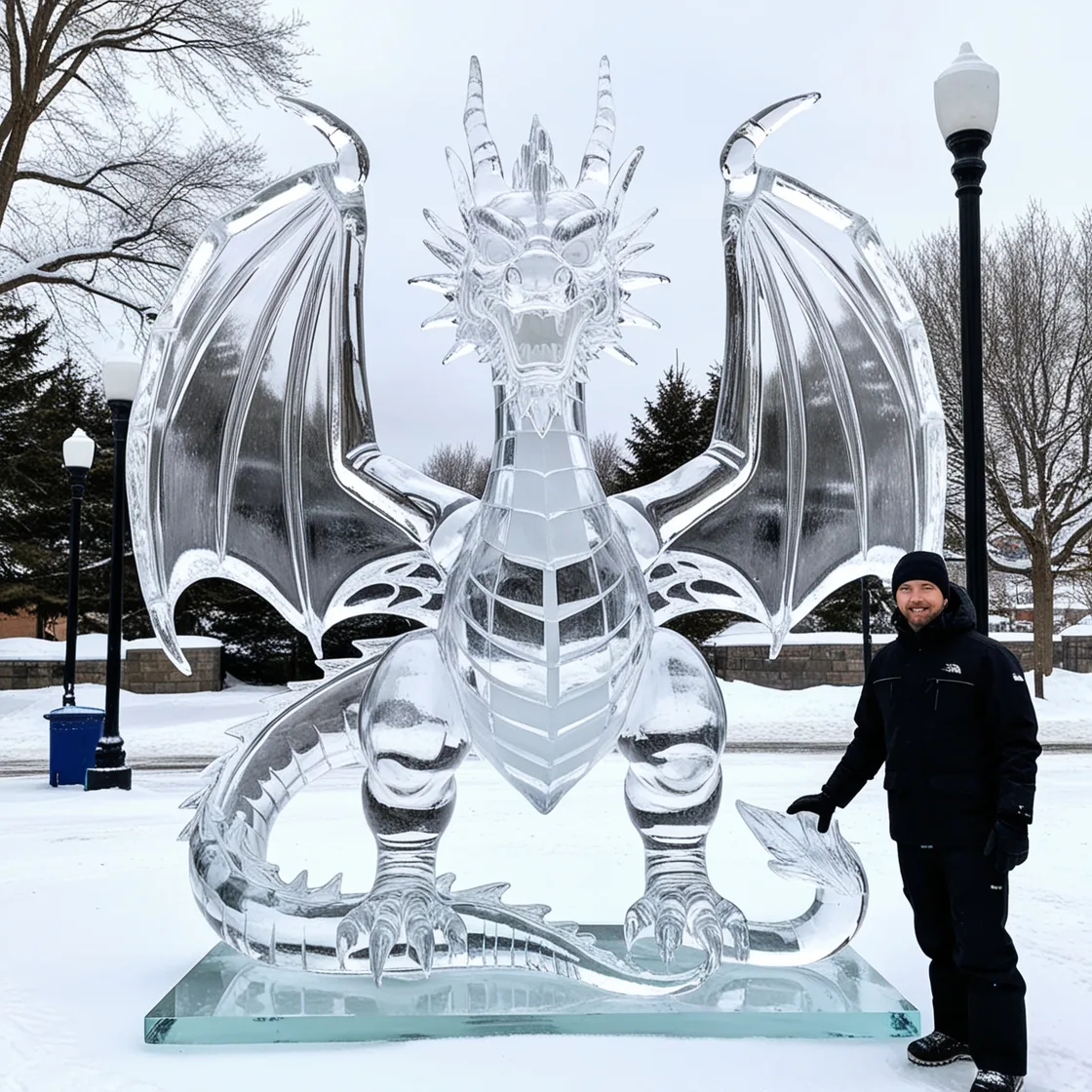
Witnessing an ice dragon sculpture is not just seeing a piece of art—it’s experiencing the frozen breath of a mythical beast, brought to life through human ingenuity and passion.

